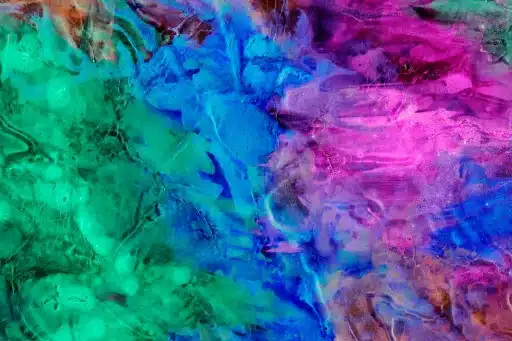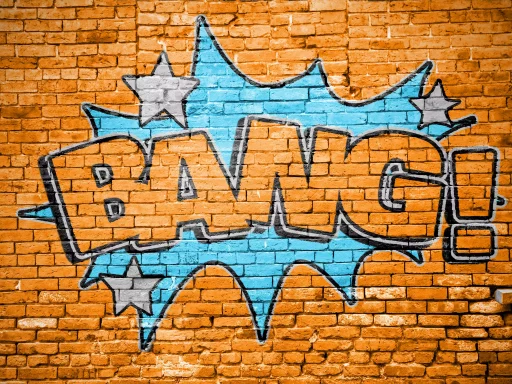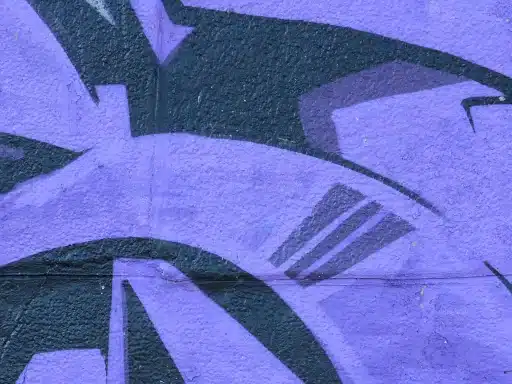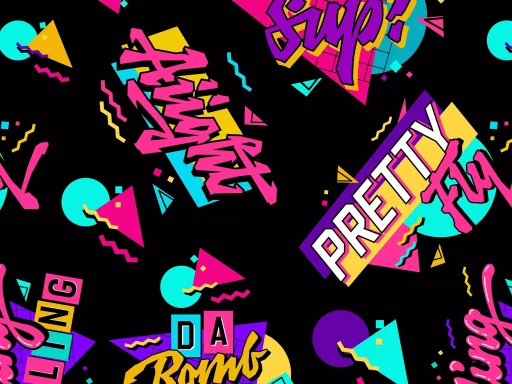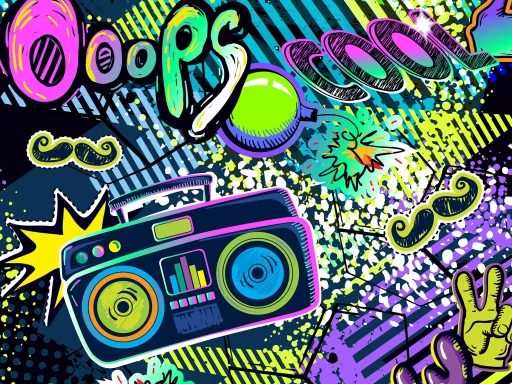Introduction to SMH
In the world of texting and online communication, acronyms and abbreviations have become a staple part of our vocabulary. One of the most popular among them is ‘SMH.’ But what does SMH actually mean, and why is it so widely used? In this article, we will explore the meaning of SMH, its origins, and how it is used in different contexts.
Understanding the Acronym SMH
SMH stands for ‘shaking my head.’ It is an expression used to convey disappointment, disbelief, or frustration at something that is said or done. When someone uses SMH in a conversation, they are essentially communicating that they cannot believe what they are seeing or hearing and that it is causing them to ‘shake their head’ in disapproval.
The Origins of SMH
The acronym SMH originated in the early days of internet communication, particularly on social media platforms and forums. It gained popularity during the 2010s, especially among younger generations who embraced texting lingo as a form of quick, efficient communication. The growth of platforms like Twitter, TikTok, and Instagram further propelled the usage of SMH, as individuals sought to convey emotions succinctly.
Common Usage of SMH
SMH can be used in various contexts, often reflecting a wide range of emotions:
- Disappointment: When someone does something unexpected, and you feel let down.
- Frustration: Used when people encounter annoying or ludicrous situations.
- Disbelief: Often employed when faced with outlandish claims or outrageous news.
Examples of SMH in Texting
To further illustrate the use of SMH, here are a few examples:
- “Did you hear that they want to raise the parking fees again? SMH.”
- “He said he’s going to wear socks with sandals to the party. SMH.”
- “I can’t believe she didn’t study for the exam. SMH.”
Case Studies: SMH in Social Media
Social media platforms have played a significant role in popularizing the term SMH. Let’s take a look at a few case studies:
- Twitter: On Twitter, users frequently use SMH to express their reactions to trending news. For instance, during the 2020 U.S. Presidential Election, many users tweeted about various candidates’ decisions with phrases like, “SMH, I can’t believe they would say that.”
- Instagram: Instagram stories often showcase SMH when users share memes or repost content that reflects disappointment or disbelief. For example, a user might share a story with a meme of a celebrity doing something outrageous, captioning it with “SMH.”
- TikTok: The platform has seen a rise in creators using SMH in videos to react to current events or trends, making it a part of the common vernacular among younger audiences.
Statistics on Online Communication
The use of acronyms like SMH has been on the rise. A study by Pew Research reveals:
- 72% of teens use language shortcuts in their texting more than in any other form of communication.
- 52% of respondents aged 18-29 prefer texting over voice calls.
- The use of emojis and acronyms like SMH has increased the emotional expressiveness of texting.
Conclusion
In conclusion, SMH has become a significant part of text communication, reflecting our emotions and reactions in a concise manner. With its roots in early internet slang and a growing presence on social media platforms, it’s a term that resonates with many, especially younger audiences. Understanding and using acronyms like SMH can enhance communication, making it more relatable and vibrant. So the next time you continue a conversation with friends, remember the power of SMH!
